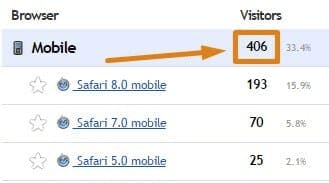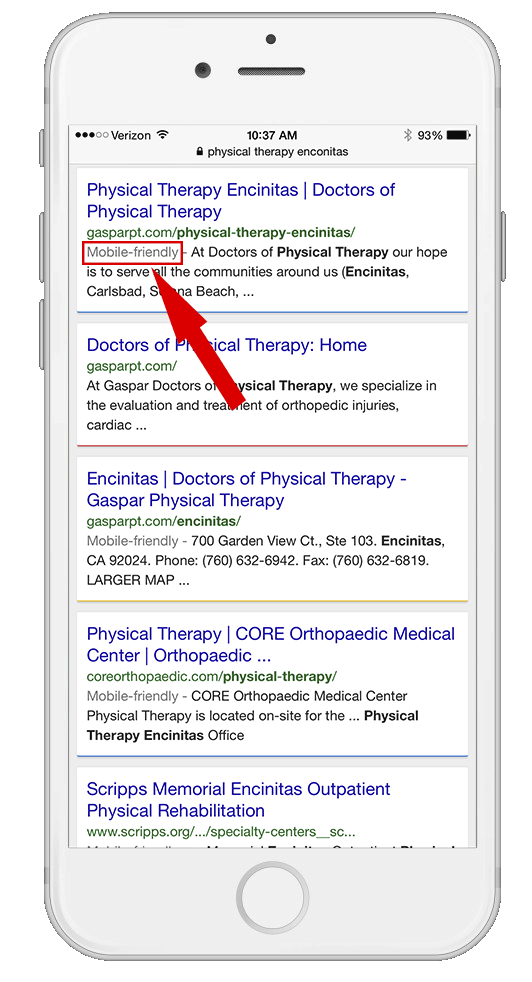
When it comes to building a website for your business, there are a few basic practices that are standard in any industry. The following are often considered essentials:
- An eye-catching display
- Easy navigation
- A clear sense of what your business is and what it has to offer
But when it comes to physical therapy websites, there are a few additional factors to keep in mind that will make your website stand out from your competitors. You want to convince new patients to come to your clinic, while also offering your current patients the information they need without getting bogged down in a marketing campaign. With that in mind, here are some features that the best physical therapy websites offer their visitors:
Valuable—and Free—Health Information
Because so many physical therapy patients are referred by their doctors, your website needs to do more than just attract business. It should stand out as a leader in the field of physical therapy by providing valuable information that patients and other site visitors may be searching for. [blockquote align=”left”]According to Pew Research, up to 80% of e-patients turn to the Internet to find out about an illness or injury. [/blockquote]
Based on this, your website should offer e-patients a credible resources with credible and useful information. There are several possible ways to accomplish this:
- Host a blog where you write about a different physical therapy topic every week
- Ask site visitors to sign up for a weekly email newsletter that will contain more in-depth research and columns from various physical therapists; make sure your sources are current, reliable and credible
- Provide links to articles, and make sure to check facts before posting them
The time you invest in making your website informative will pay off when you are seen as a thoughtful and experienced leader in the field.
A Practice Run of the First Appointment
Keep in mind that physical therapy is new for many patients, and as a result, it can be a little intimidating. Give site visitors a feel for what they should expect during their first appointment. Offer a video or picture tour of the facility and include photos and bios of all the physical therapists. Give new patients a rundown of what to expect from the moment they walk in the door and answer some of these questions:
- How long is the typical wait time?
- What should I wear to the first appointment?
- How long will it last?
- What types of insurance do you accept?
Your visitors should leave your website with the confidence of knowing exactly what is waiting for them when they step through the door for their first appointment.
Online Scheduling
The ease and convenience of the Internet means that many patients are online at most hours, including hours your clinic isn’t open. Allowing patients to schedule, reschedule or cancel appointments online gives them freedom to consider their appointments during off-business hours.
Mobile access
This one goes hand-in-hand with online scheduling. More and more consumers are conducting business on-the-go through cell phones and tablets, so make sure your website is mobile-compatible. [pullquote4 align=”right” textColor=”#2aec3f”]People are using mobile devices 60% of the time compared with only 40% of time being spent on computers[/pullquote4]A recent report from comScore shows that people are using mobile devices 60% of the time compared with only 40% of time being spent on computers. Most of that mobile time is being used on apps, so it’s worth considering whether or not you can make an app for your physical therapy clinic that allows patients to track their progress, their payments and their appointments.
E-Rehab Creates and Improves Physical Therapy Websites
[highlight2]There are clearly many elements that go into building physical therapy websites that will attract new patients and still be a useful tool for returning patients. Fortunately, you don’t need to build your website on your own. Contact us to see how E-Rehab can create the perfect website for your physical therapy clinic.[/highlight2]














